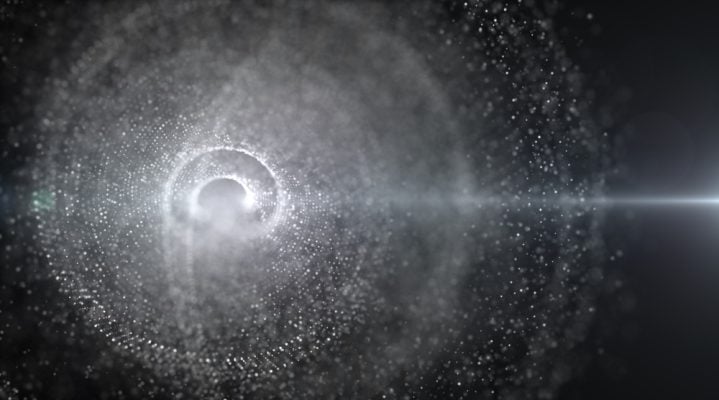A team of American and Israeli astronomers may have uncovered the first-ever proof of the existence of the mysterious “dark matter,” one of the building blocks of the universe.
By: JNS.org
A team of American and Israeli astronomers may have uncovered the first-ever proof of the existence of the mysterious “dark matter,” one of the building blocks of the universe, while attempting to detect the earliest stars in the universe through radio wave signals.
The discovery by the team, led by Professor Judd Bowman of Arizona State University, which was published this week in the journal Nature by Professor Rennan Barkana, head of the Department of Astrophysics at Tel Aviv University’s School of Physics and Astronomy, suggests that the signal is proof of interactions between normal matter and dark matter in the early universe.
“Dark matter is the key to unlocking the mystery of what the universe is made of,” said Barkana. “We know quite a bit about the chemical elements that make up the earth, the sun and other stars, but most of the matter in the universe is invisible and known as ‘dark matter.’”
Barkana said that while the existence of dark matter is inferred from its strong gravity, astronomers have no idea what kind of substance it actually it is. As such, dark matter is one of the top remaining mysteries of physics.
However, when the scientists studied the radio signal from the early universe, they found that it had a larger amplitude than predicted, indicating that the primordial gas was colder than expected. This suggests that the gas cooled through the interaction of hydrogen with dark matter.
“I realized that this surprising signal indicates the presence of two actors: the first stars and dark matter,” stated Barkana. “The first stars in the universe turned on the radio signal, while the dark matter collided with the ordinary matter and cooled it down. Extra-cold material naturally explains the strong radio signal.”
Physicists have long expected dark-matter particles to be heavy, but the recent discovery indicates that they are likely low-mass particles, which has the potential to reorient the search for dark matter in the universe.
Based on this, Barkana predicts that dark matter produced a very specific pattern of radio waves that can be detected with large array of radio antennas such as the SKA, the largest radio telescope in the world, which is currently under construction in South Africa.
“Such an observation with the SKA,” said Barkana, “would confirm that the first stars indeed revealed dark matter.”





